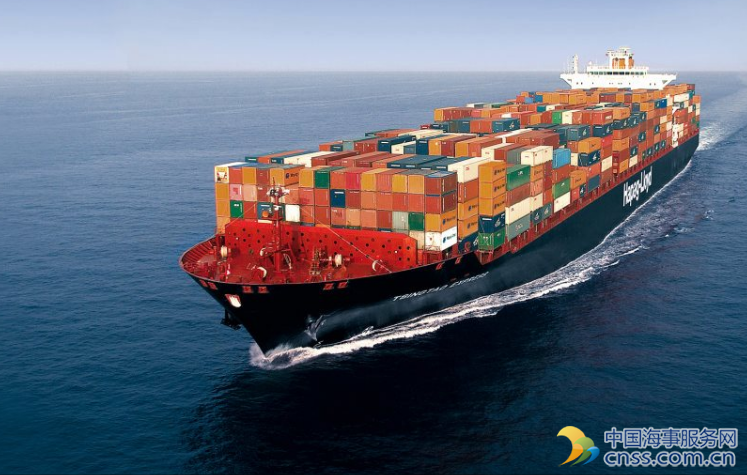FMC Clears THE Alliance

The US Federal Maritime Commission (FMC) has concluded its review of the proposed THE Alliance agreement, allowing it to become effective on December 19, 2016.
THE Alliance is comprised of five different container shipping companies: Hapag-Lloyd, K Line, Mitsui O.S.K. Lines, Nippon Yusen Kaisha and Yang Ming. South Korea’s Hanjin Shippingwas also part of THE Alliance until the carrier filed for bankruptcy in August 2016.
The scope of this agreement applies only to trade lanes between the United States and other nations. Cargo moved by carriers in THE Alliance that does not originate or terminate in the United States is not covered by this agreement.
Under the terms of the agreement, THE Alliance members are permitted to share vessels, charter and exchange space on each other’s ships, and enter into cooperative working arrangements.
Attorneys acting on behalf of THE Alliance submitted the application to establish the agreement on November 4, 2016.
FMC made no Request for Additional Information, clearing the way for the agreement to come into force within the initial 45-day review period.
“I am very cognizant of the concerns industry stakeholders had regarding provisions in this agreement, particularly those related to information sharing and joint procurement,” said Federal Maritime Commission Chairman Mario Cordero.
“This office will continue to carefully focus on the impacts of the carrier alliance restructuring that is taking place in the shipping industry. Considerable review and analysis goes into assessing a final agreement before it is allowed to go into force and I am grateful for the hard work of Commission staff.”
THE Alliance is scheduled to begin operation in April 2017 subject to approval of all relevant regulatory authorities. The initial term of the cooperation will be five years.
The carriers plan to deploy a fleet of more than 240 ships in the Asia/Europe, North Atlantic and Trans-Pacific trade lanes including the Middle East and the Arabian Gulf/Red Sea.
THE Alliance’s service network is expected to cover more than 24 ports in Asia, including ten Chinese and five Japanese ports, with direct calls, as well as 20 ports in the US and Canada, six North European and 13 Mediterranean ports, six ports in the Middle East and six ports in Central America/Caribbean.
HEADLINES
- Do shipping markets want Biden or Trump for the win?
- All 18 crew safe after fire on Japanese-owned tanker off Singapore
- Singapore launching $44m co-investment initiative for maritime tech start-ups
- Cosco debuts Global Shipping Industry Chain Cooperation Initiative
- US warns of more shipping sanctions
- China continues seaport consolidation as Dalian offer goes unconditional